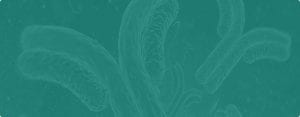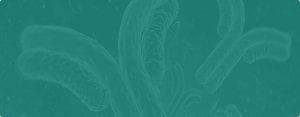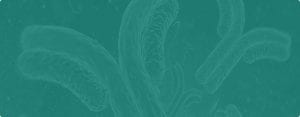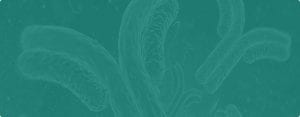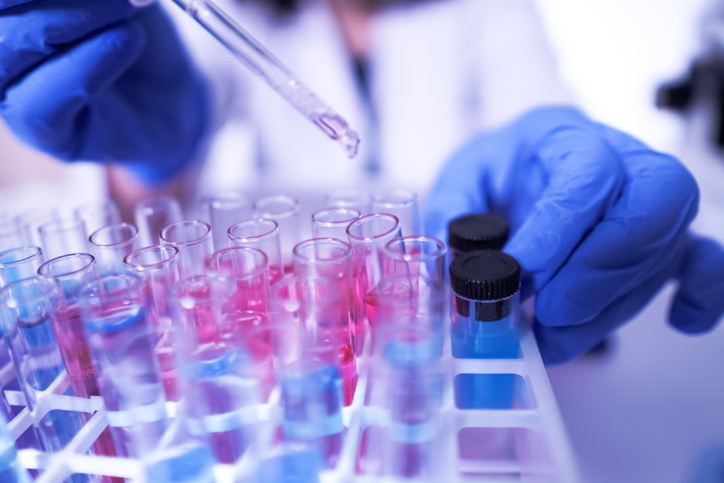AAV - a versatile vector for gene therapy

What is gene therapy?
Gene therapy is the transfer of genetic material into cells to correct a deficiency in the genome, with the aim of curing a disease or improving the clinical status of a patient. Conventional gene therapy studies involve the insertion of a normal gene into the genome to replace a gene which is not functioning correctly, yet alternative approaches include inactivation/knock out of a mutated gene, gene repair through selective reverse mutation, and the introduction of a new gene into cells to confer to them specific properties which allow them to combat a disease. Gene therapy is a highly promising treatment option for inherited genetic disorders as well as for acquired diseases such as cancer, yet although the levels of preclinical and clinical success are growing steadily, techniques still require considerable development.
How is gene therapy delivered?
Gene therapy most commonly relies on a viral vector for delivery of the genetic material to the target cells, although artificial technologies such as nanoparticles have also been employed1. Since viruses are well-known for having evolved highly efficient means of delivering their genetic material to the cells of an appropriate host species for replication, their use was one of the earliest methods considered for the delivery of gene therapeutics. While retrovirus, adenovirus and herpes simplex virus have all been used as gene delivery vectors with varying degrees of success, adeno-associated virus (AAV) has been the most actively investigated to date.
How is AAV exploited for gene delivery?
To better understand the design of the recombinant AAV (rAAV) vectors which are used for gene delivery, it is important to quickly recap on the nature of the native AAV2 genome, since this represents the most extensively studied of the twelve currently known human AAV serotypes. The AAV2 genome consists of two viral genes, Rep and Cap, flanked by Inverted Terminal Repeat (ITR) sequences; in a typical rAAV vector the Rep and Cap genes are replaced by a mammalian promoter, the therapeutic gene, and a terminator. 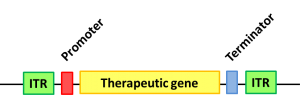
A generic rAAV vector. The sequence placed between the ITRs typically consists of a mammalian promoter, the therapeutic gene, and a terminator.
While the choice of a suitable promoter and terminator requires careful consideration (for example, some promoters are subject to silencing in particular cell types2), the main point to take into account is the size of the insert which will be placed between the two ITRs. AAV is one of the smallest known viruses, with a single stranded DNA genome of around 4.7kb, and inserts of greater than 5kb have demonstrated a considerable reduction in viral production yields, as well as truncations3. Research is focused on overcoming this issue, for example through the employment of dual, overlapping vector strategies.
What are the advantages of using AAV for gene delivery?
The two main features which make rAAV vectors attractive for gene delivery are their non-pathogenic nature and their structural simplicity. A further appeal is the opportunity for long-term protein expression afforded by stable genomic integration; following its entry into the host cell nucleus, AAV is able to integrate at a specific site within the genome (AAVS1 on human chromosome 19). Although site-specific integration was a major impetus for the development of rAAV vectors, it is now known that expression of at least one of the viral Rep proteins is required for this integration to occur4. In the absence of Rep proteins the genetic material flanked by the ITRs instead forms circular concatemers, comprised of tandem sequences joined in a head-to-tail orientation, which can persist as episomes in the nuclei of the transduced cells; the genetic material is subsequently diluted over time as a result of cellular replication. Research is ongoing to identify effective methods of site-specific integration of gene therapeutics into the host genome; for example, co-transfection of a Rep-expressing plasmid and an ITR-flanked GFP reporter gene has been used successfully to introduce GFP into the AAVS1 locus of human embryonic stem cells5.
- PMID 19258509
- PMID 21476867
- PMID 19904234
- PMID 18401436
- PMID 18024421
Download PDF :  Filed Under : Gene Therapy
Filed Under : Gene Therapy


